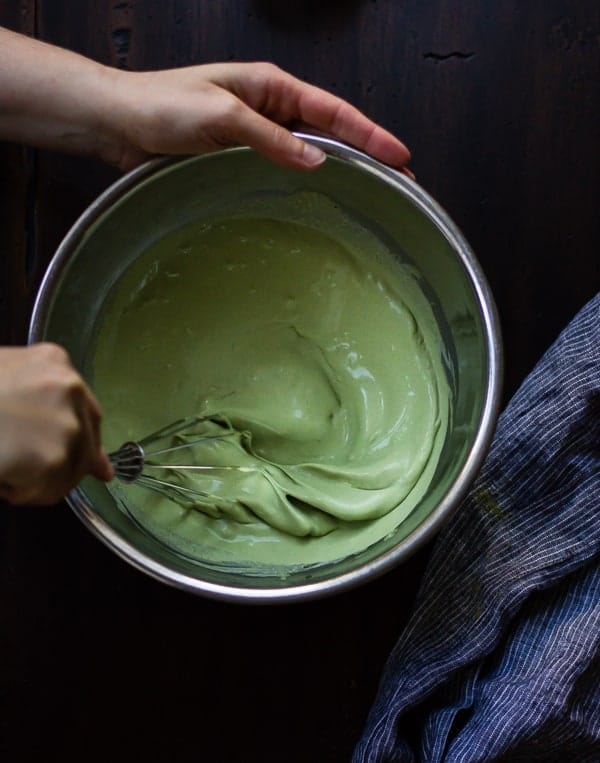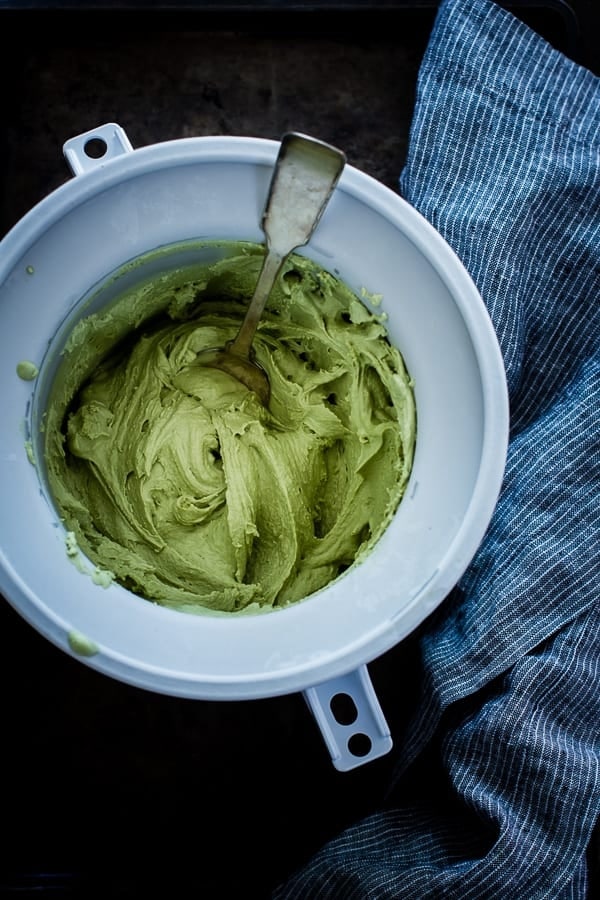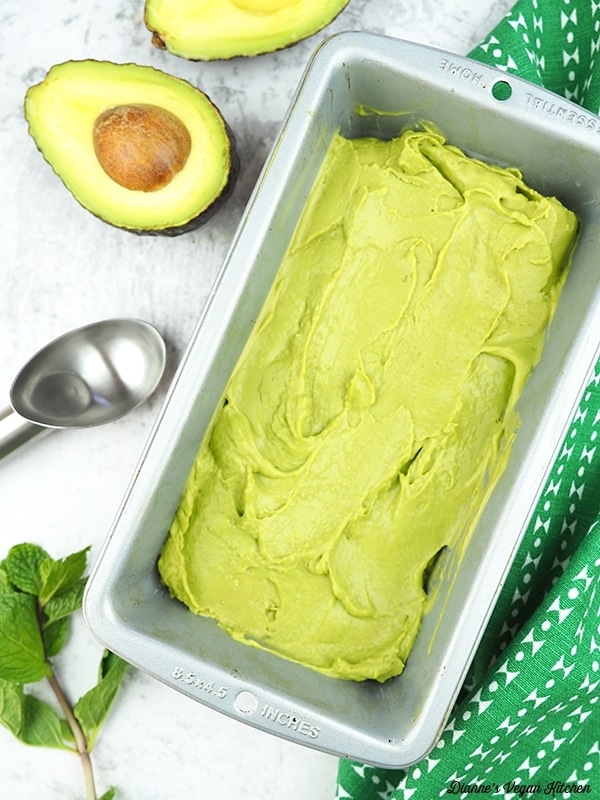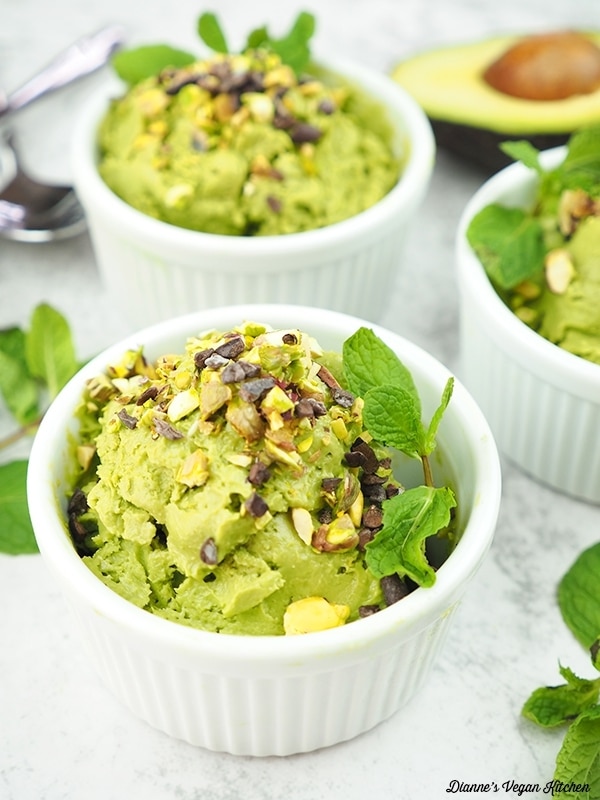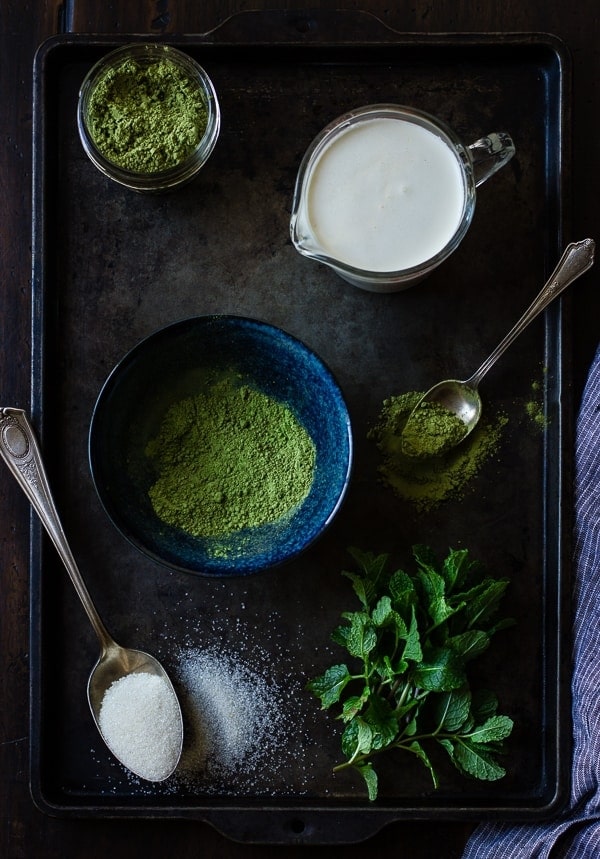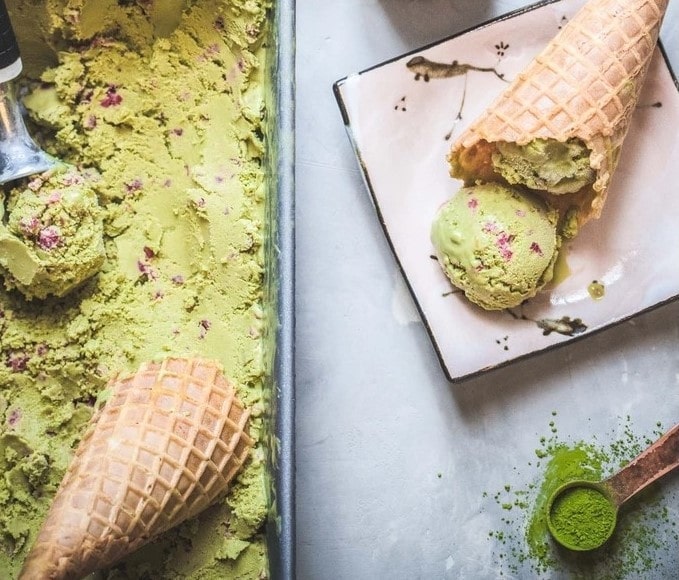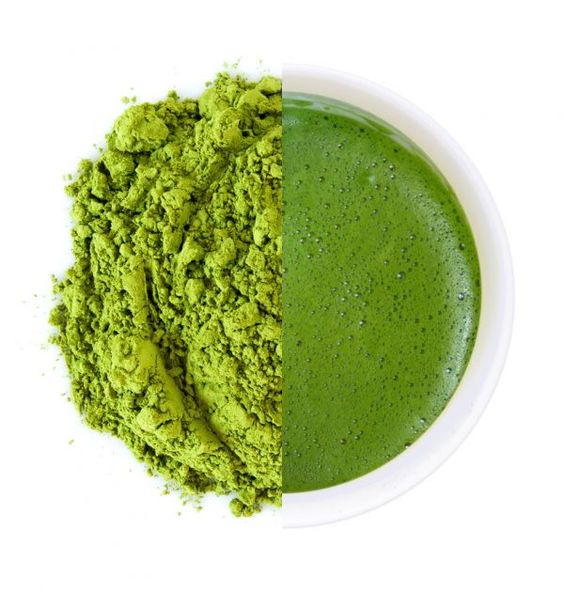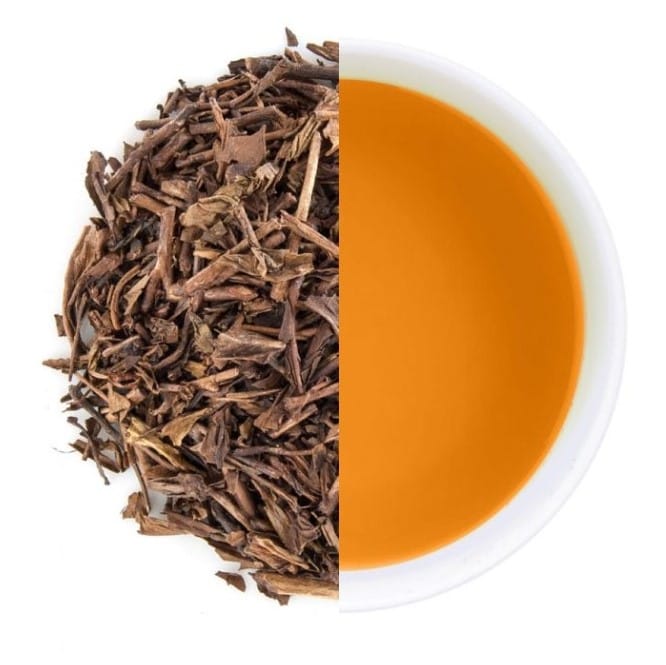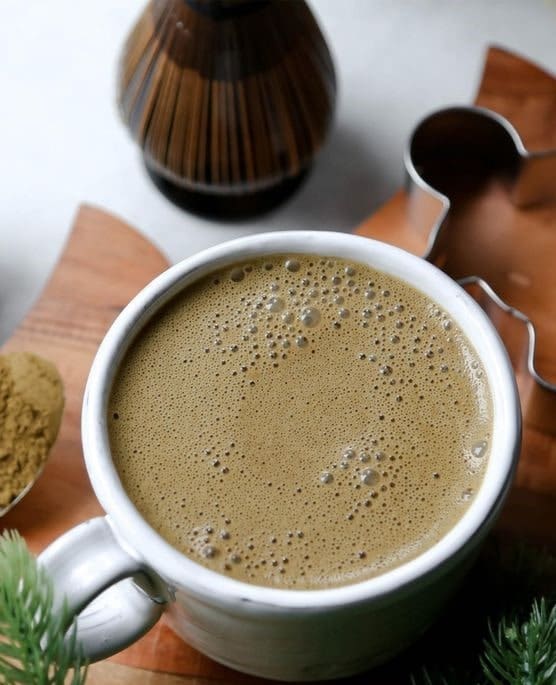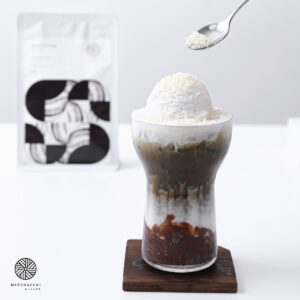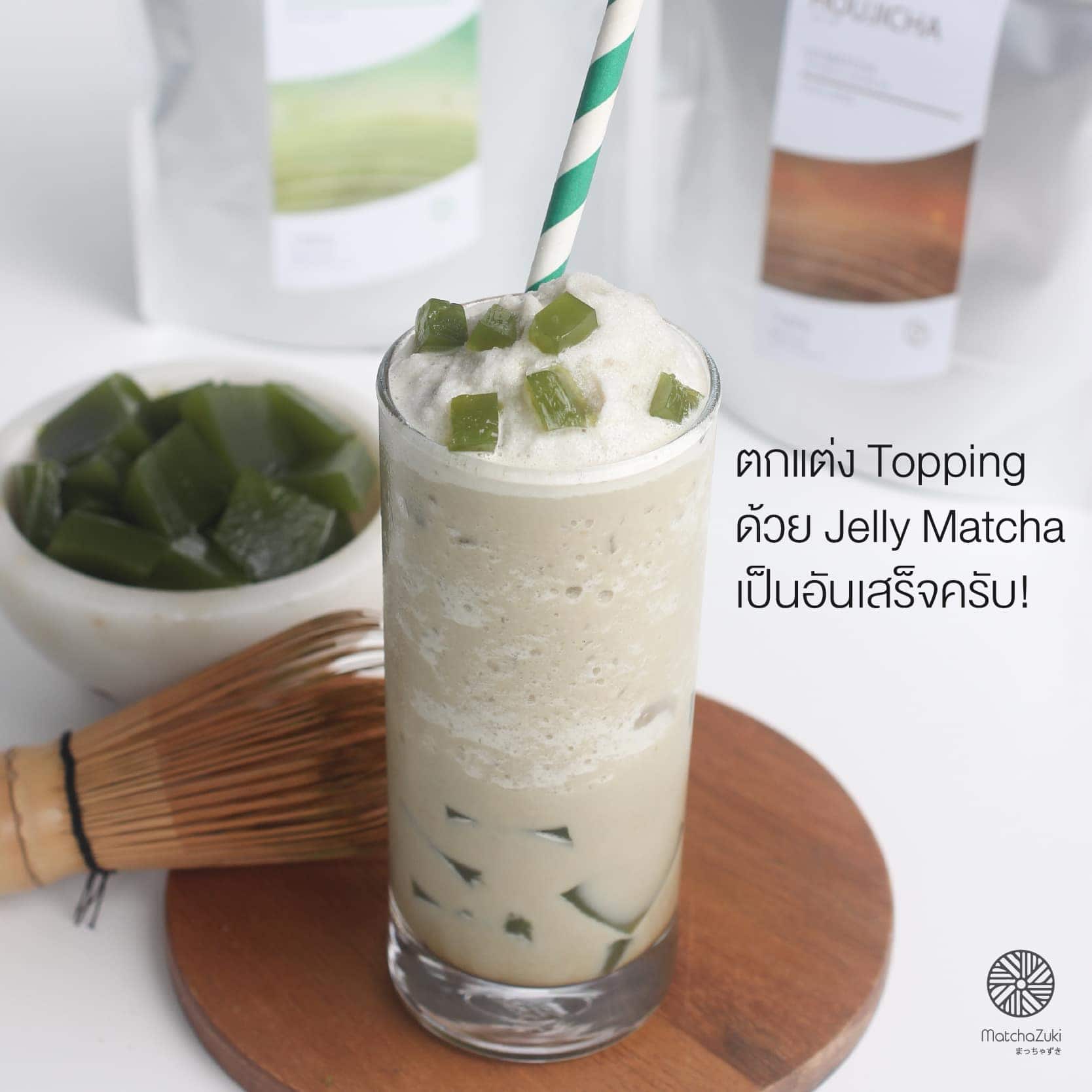As we all know, Hojicha is green tea roasted at a high temperature until it has a fragrant aroma. It leaves a lingering taste and aroma in the mouth after drinking, which is why this type of tea is popularly drunk after meals or between meals. This roasting method reduces the amount of catechins, which cause astringency, and caffeine. This type of tea is gentle on the body and can be drunk by children, pregnant women, and adults in general. It can also be drunk before bed because it has a very low caffeine content. There are three types of tea leaves commonly roasted to make Hojicha: Sencha (煎茶), Bancha (番茶), and Kukicha or tea made from tea stems (茎茶). Each type of roasting has its own unique characteristics. If you want to try roasting green tea to make Hojicha, let’s get to know these three types of tea and how they differ.
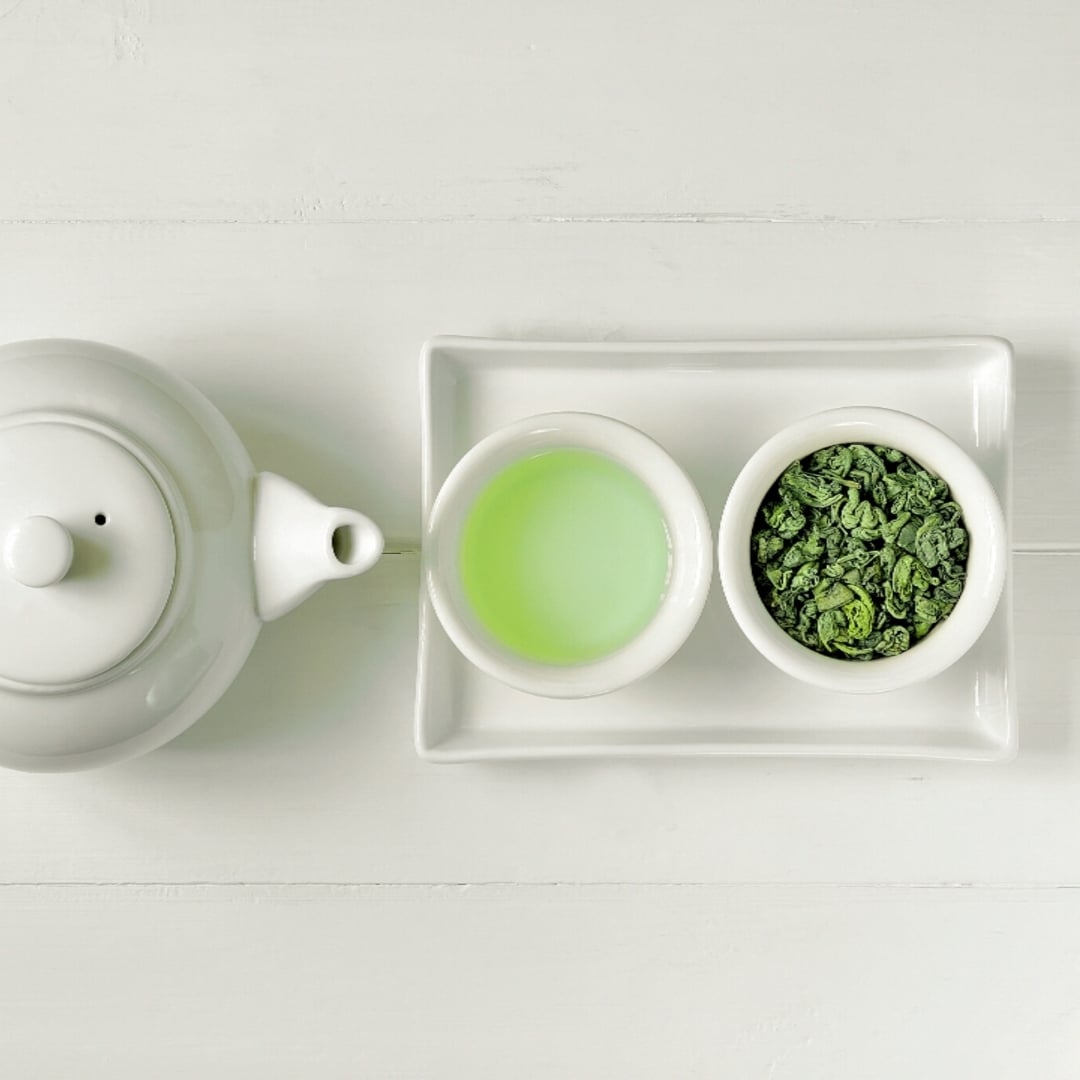
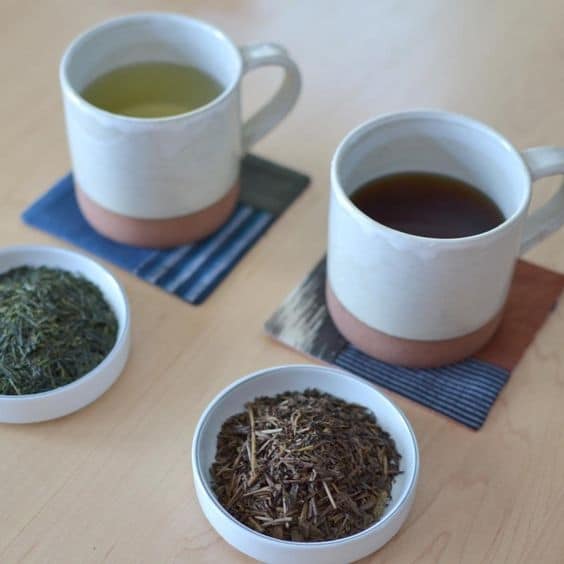
Let’s start with Sencha (煎茶), a green tea that Japanese people drink every day. It doesn’t require shade cultivation and can be grown year-round. It’s the most produced tea in Japan because the leaves can be harvested four times a year, starting in May. The first three young leaves are picked and cut with scissors. Sencha is divided into three grades: high grade, medium grade, and normal grade. After picking, the leaves are blown dry and spun into spirals and rolled within the shortest possible time to stop the enzyme oxidation reaction, which will allow the color and aroma of the tea to be preserved. The taste is astringent, but since it is already a fragrant tea, the aroma becomes even more fragrant when roasted.
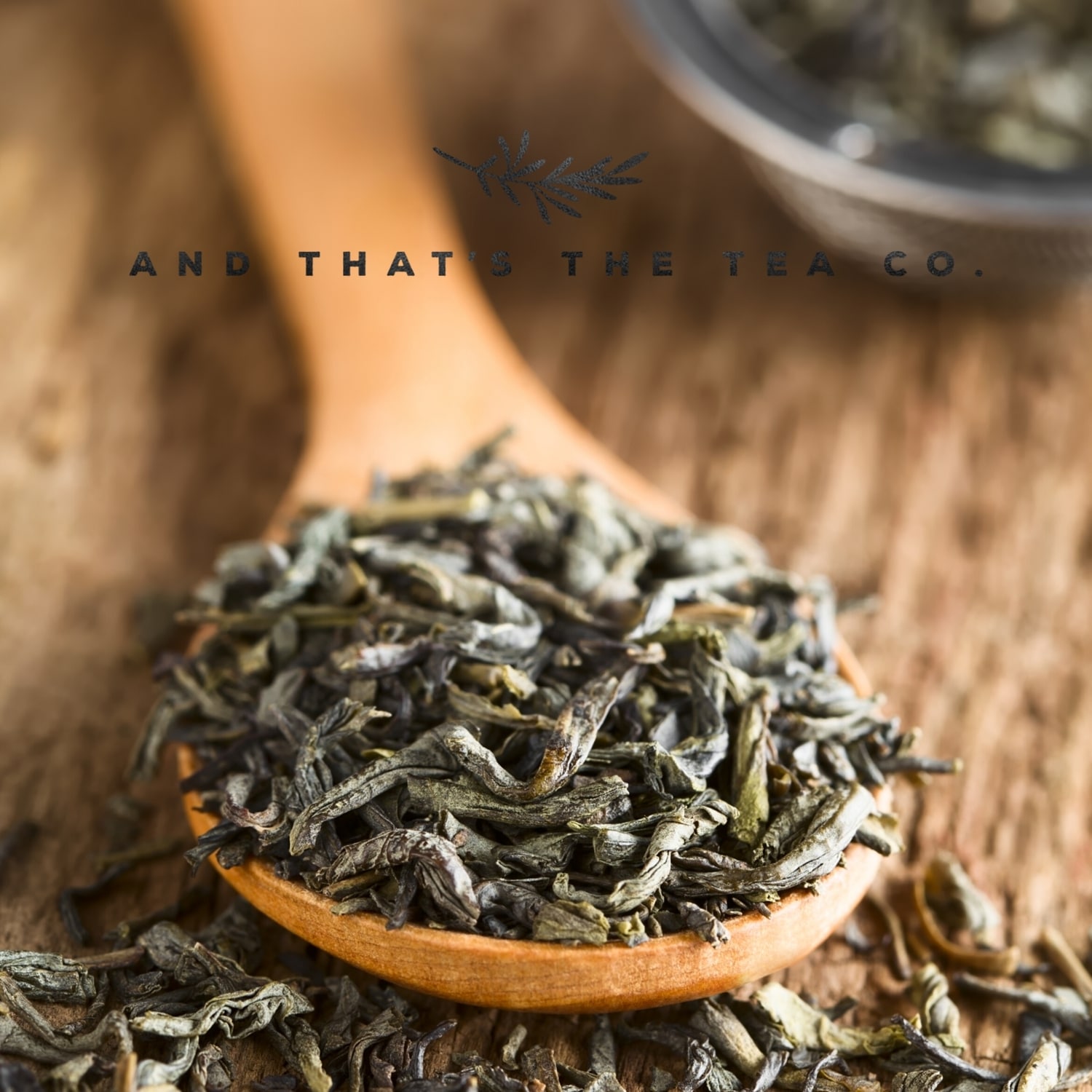
However, if the Sencha leaves are roasted for a longer period of time, approximately 2-3 times, resulting in a stronger color and flavor than Sencha, it is called Fukamushicha (深蒸し茶).

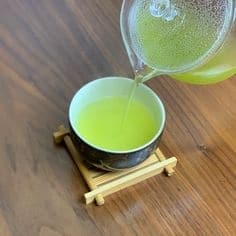
Bancha (番茶) is of a lower quality than Sencha because it is harvested in the third or fourth period of the year. It is the tea leaves that remain on the top of the tree after the Sencha leaves have been picked. Bancha leaves are larger than those used to produce Sencha. After that, they are lightly massaged. The taste is mild and used for general drinking. It is the tea leaves that remain from the top of the tree. It has a mild taste but a distinct aroma and is slightly astringent. Most of the leaves of this type of tea are hard and not very complete. They are light brown to yellow in color and have a more bitter taste than Gyokuro and Sencha.

When bancha is heated to the right temperature and then kneaded dry, it yields fragrant, reddish-brown tea leaves known as “hojicha.” Bancha tea is rich in tannins but low in caffeine. Another distinctive characteristic of bancha is that it leaves the mouth feeling refreshed after drinking. The drinking technique involves quickly brewing it with hot water, which gives it a rather bitter and astringent taste. It’s ideal for rinsing the mouth after a meal, providing a refreshing feeling. Furthermore, it’s high in fluoride, which reduces bacteria in the mouth and helps alleviate bad breath.
Finally, we come to the final type of tea , Kukicha, or tea made from tea stems (茎茶), also known as Boucha (棒茶). It is a by-product of the stems and stalks of Sencha or Matcha tea. It contains very little tea leaves and has a sweeter, smoother flavor than other types of tea due to its high L-theanine content, which is found in the stems or roots of the tea plant. Kukicha can be brewed repeatedly and can also be mixed with fruit juices for children. Brew it in water at a temperature of 70-80 degrees Celsius for the best flavor. This type of tea has a very fragrant aroma compared to other types of tea. When smoked, Hojicha produces a unique aroma.
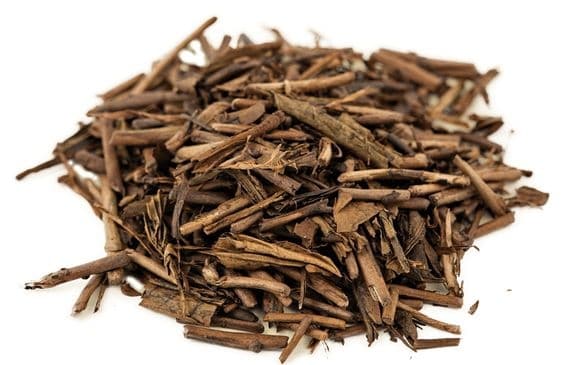
By simply changing the production and harvesting methods, tea can be transformed into various forms of tea, allowing tea lovers to savor its different aromas and flavors.
Source
https://en.wikipedia.org/wiki/H%C5%8Djicha
http://www.amazon.com/gp/product/
Article from: Fuwafuwa


